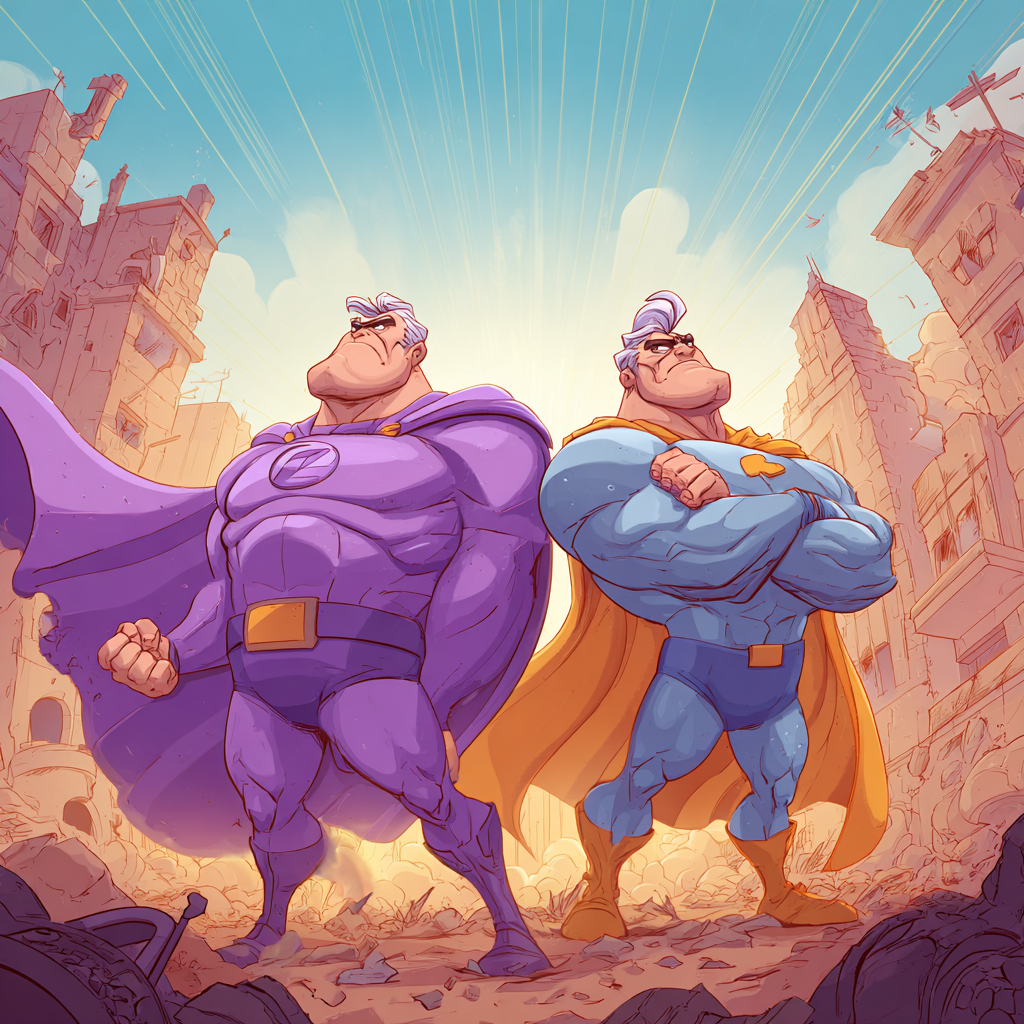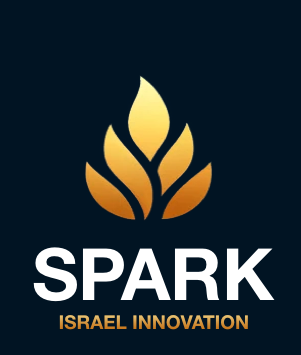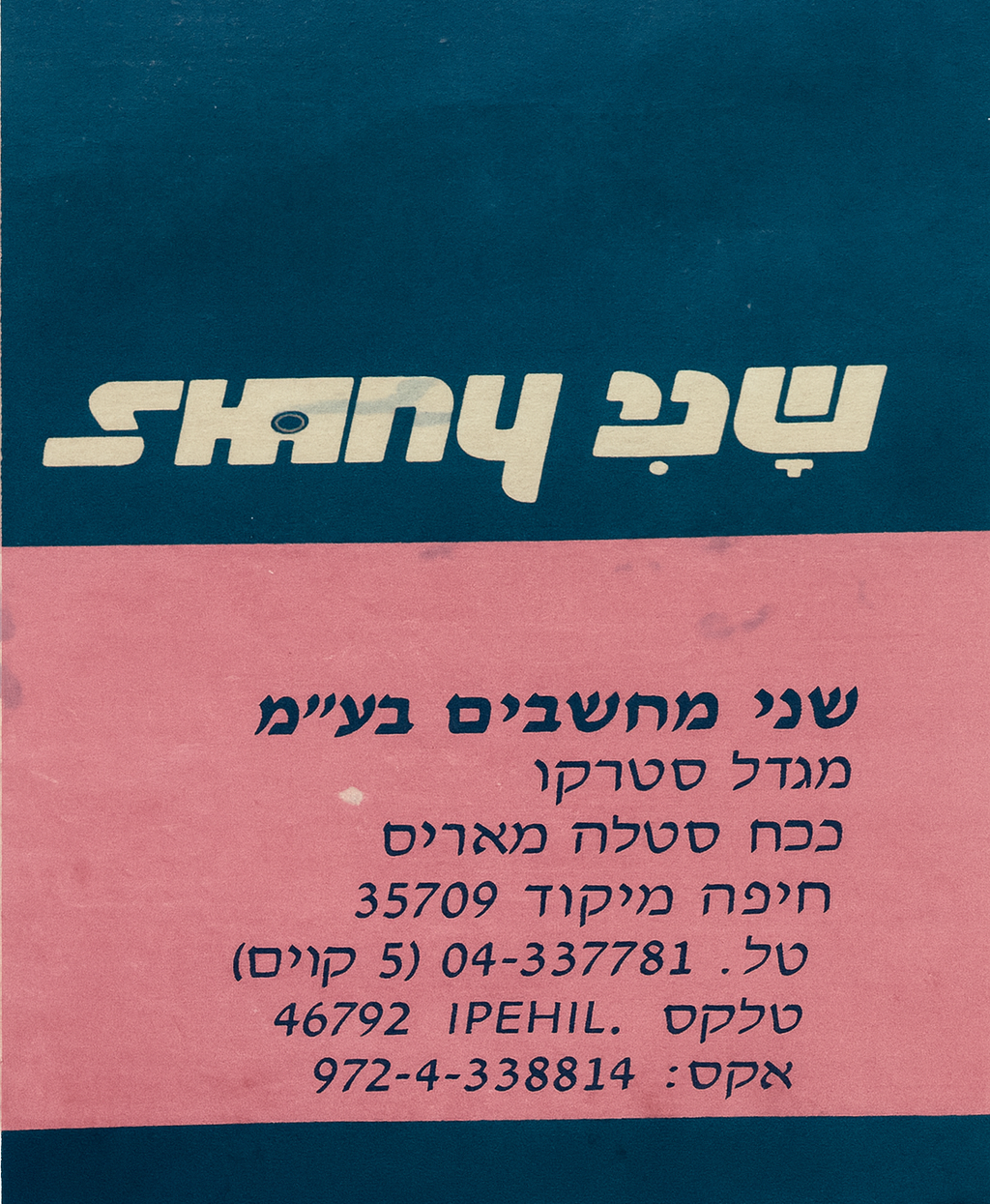The Spark Blog
What’s Between AI Agents and Legacy Applications?

For decades, enterprise productivity was driven by applications.
Each application came with a set of features, carefully chosen by product managers, refined by user feedback, and sometimes sprinkled with an artistic touch. But once released, those features were fixed.
You got what you got.
Enter the AI Agent.
At first glance, both applications and AI agents aim at the same goal, delivering productivity. The difference is sharp, applications are static, AI agents are designed to be autonomous. But the real disruption runs deeper.
AI agents introduce a hidden kind of freedom. Unlike legacy applications with predefined feature sets, an AI agent can be as narrow as a laser beam, designed to execute one job, or a few jobs, from start to finish, with extreme efficiency.
And here’s the exciting part, users will soon be able to mix and match these specialized agents. Instead of being locked into the rigid boundaries of a single application, you’ll create your own “application” by orchestrating a collection of agents, each performing its task perfectly.
Think of it as assembling atoms to build your own molecule. With agents, you can design a personalized menu of features, tailored exactly to your workflow, something traditional applications never allowed.
This shift doesn’t just replace legacy applications, it redefines them.
It’s a new kind of freedom,
especially powerful in the era of autonomous apps.



